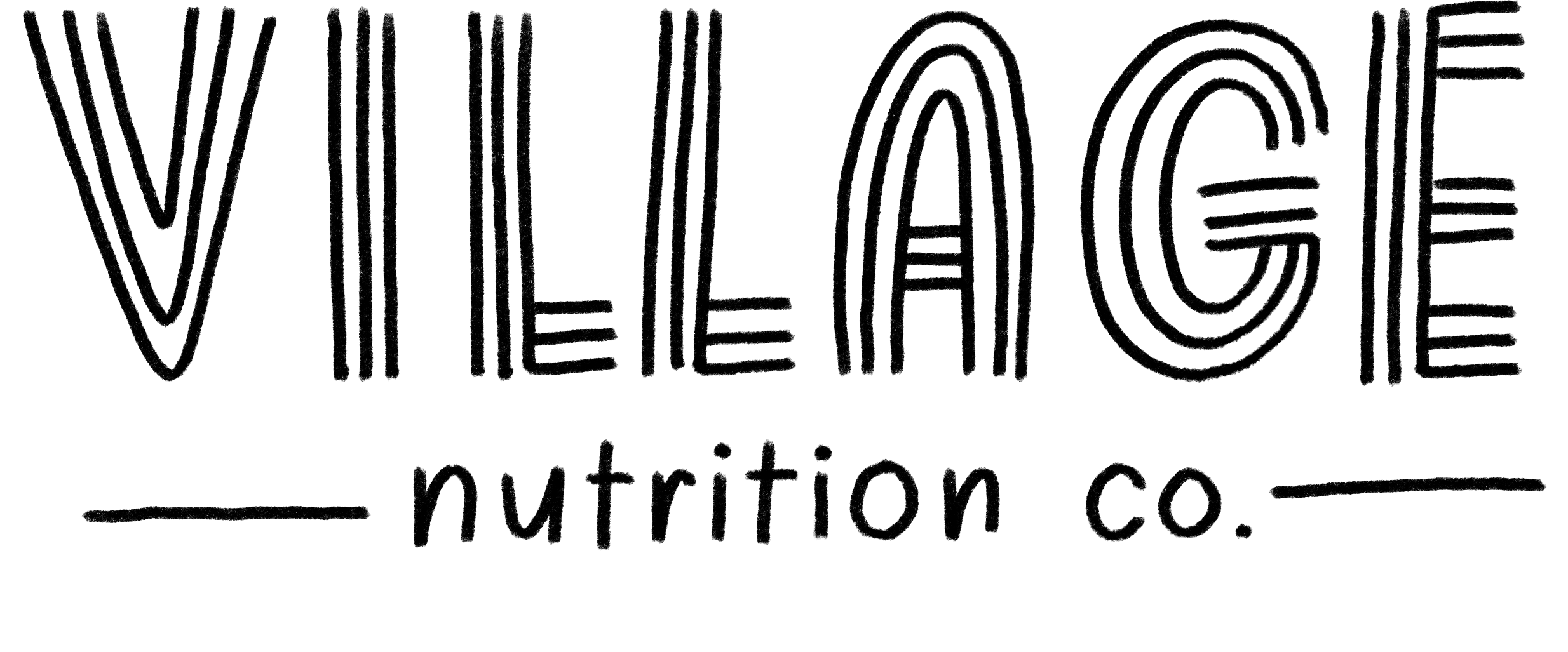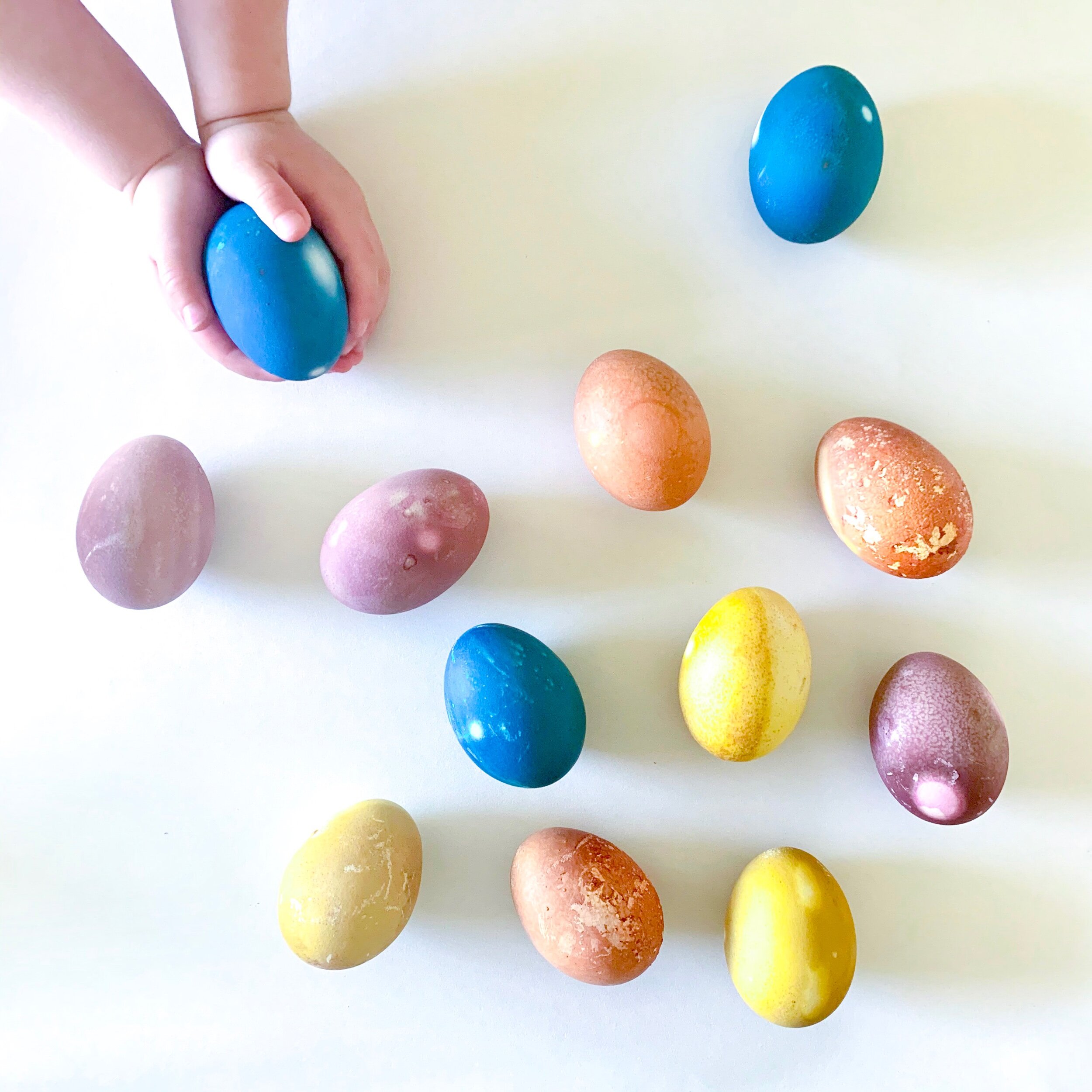Veggie Dyed Easter Eggs
I’ve always wanted to try the veggie dye method for Easter eggs, but was always a little intimated or short on time. We are usually traveling this time of year so I typically buy a “natural” kit from Target or Whole Foods. Since we have plenty of time on our hands due to social distancing (and haven’t gone to Target lately), I figured we would try it out this year! We used veggies we had on hand from our Imperfect produce box and tried to have as little waste as possible.
I hard boiled a dozen eggs the night before and soaked them in ice water before refrigerating. For the produce, we used one beet, a quarter of a purple cabbage, the skins of two yellow onions, two stalks of wilting kale, and 2 tablespoons of dried turmeric. We were going to try carrot but it was our last one so we decided it would be our snack instead. For each of the dyes, we started with the following in a stainless steel saucepan:
two cups of filtered water
two tablespoons of white vinegar
prepped veggies
The prep for each veggie was a little different but very simple. For the onions and kale we just ripped it up and put it in the pot. I diced the beets and sliced the cabbage thinly. Once all of the ingredients were added we brought each pot to a boil and then reduced to a simmer. We let them sit for forty minutes on extra low while we ate lunch.
Once they dyes had reached the desired level of pigment (dark is better since they will lighten on the egg), we ran each dye through a sieve and put in paper cups (glass would work too) and slowly dropped in the hard boiled eggs. We ended up leaving them in the cups overnight (very hard to do for a toddler!)
The next morning we used a spoon to get the eggs out and let them dry in the sun, which was my toddler’s idea. I think the sun faded the colors slightly but I love how they turned out! The kale eggs only had a very faint yellow hue so we decided to re-dye them in our favorite colors from the beet and the cabbage.
For more pictures of the process checkout my Instagram stories! Overall we had a great time dyeing the eggs and think the natural dyes turned out beautifully. In effort to reduce our waste, we plan to eat the eggs, remaining veggies (except for the kale which we composted) and use the left over dye and egg carton for crafts. We will be sure to share those ideas too in the next week. If you have any ideas or inspiration to share, tag us on Instagram!




